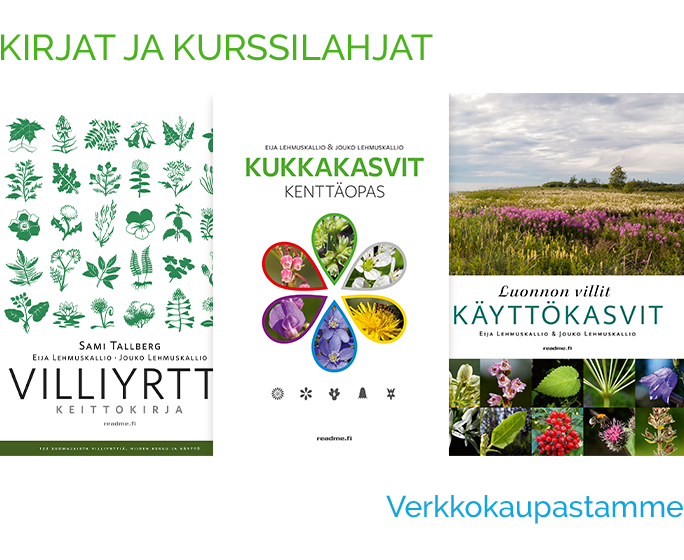Swedish Cress
Arabidopsis suecicaName also
Swedish thale cress, Swedish thale-cress
Growing form
Annual herb.
Height
15–40 cm (6–16 in.). With single or many branches, stem usually branching, hairy.
Flower
Corolla regular (actinomorphic), white, approx. 0.5 cm (0.2 in.) wide wide; petals 4, basal part yellowish, 4–6 mm (0.16–0.24 in.) long. Sepals 4, yellowish, 2 outermost with oval base. Stamens 6, of which 4 long and 2 short. Gynoecium fused, a single carpel. Inflorescence a raceme, extending in fruiting stage.
Leaves
In bnasal rosette and alternate on stem, stalked–stalkless. Blade elliptic–lanceolate–narrowly obovate, rosette leaves (especially basal part) lobed–large-toothed, both sides stellate-haired. Stem leaves with toothed margins.
Fruit
Many-seeded, cylindrical–quite flat, usually 2–3 cm (0.8–1.2 in.) long, spreading siliqua, tipped with short bristle. Stalk 1/3–1/4 length of siliqua.
Habitat
Rocky outcrops, meadows, dry-stone walls, fields, waste ground, roadsides, railway yards and embankments.
Flowering time
May–July.
Swedish cress has previously been included in genus Arabis and sometimes been grouped into genus Cardaminopsis. It is the result of cross-breeding between thale cress (Arabidopsis thaliana) and tall rockcress (Cardaminopsis arenosa) and is in genus Arabidopsis. The hybrid’s chromosomes have doubled, which means that it is able to reproduce sexually and has developed into a species in its own right. Linné named the plant and the English name has followed suit in honouring Sweden as its birthplace, but there is at least an equal chance that it was conceived in Finland. It certainly grows in Sweden, but it has been classed as an alien. If Swedish cress was indeed conceived in Finland it would be a very rare example of an endemic, i.e. indigenous Finnish plant.
It is not always easy to separate Swedish cress from its parents, but perhaps the best way is from the basal rosette: Swedish cress’s are lobed or large-toothed while thale cress’s have almost entire margins or are at most sparsely-toothed. Thale cress’s flowers are also smaller and whiter than they are on Swedish cress. There are differences in the fruiting stage too as thale cress’s stem is usually more unbranched and the siliquae are only two times as long as the stalk. The two species are very much alike with regards to their growing areas and habitat but Swedish cress is not so fond of culturally-influenced places as thale cress.
Swedish cress and tall rockcress on the other hand differ with respect to e.g. the latter’s purple hue and deeply-lobed rosette leaves, large terminal lobe and the way that it is strongly haired. Tall rockcress’s sepals are also green and the base of the petals are white. It is common beside railway tracks in northern parts of Ostrobothnia, Kainuu and Koillismaa, although it has also shown signs of becoming more common in southern Finnish railway yards. Swedish cress is casual in northern Finland and much rarer than tall rockress.
Taxonomy


